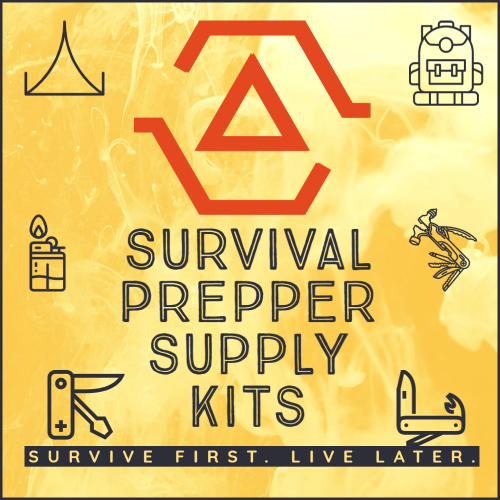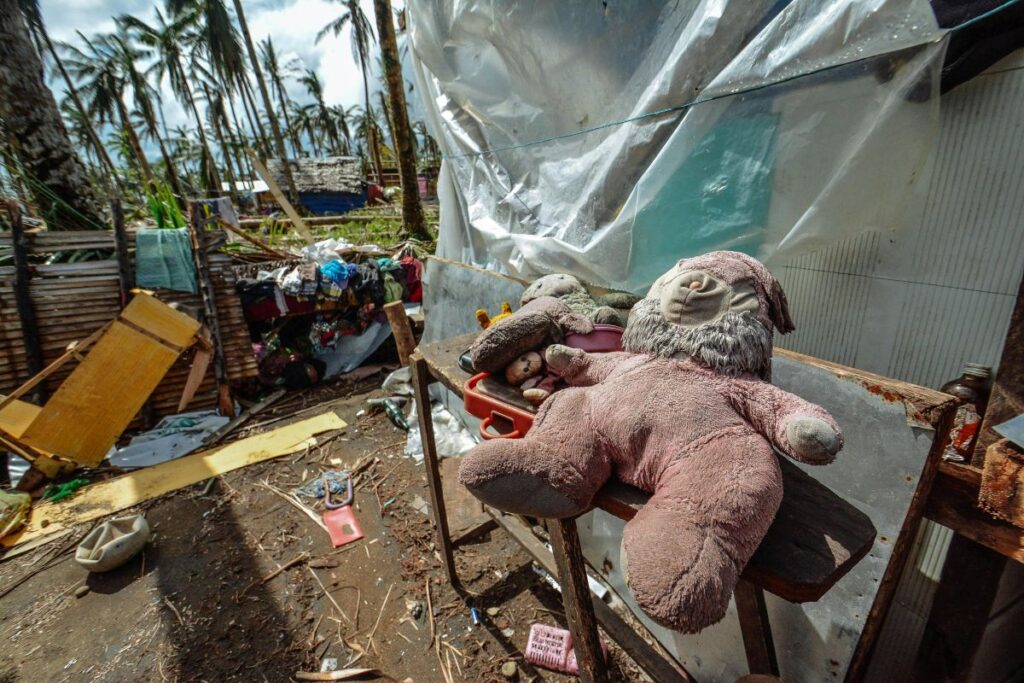PART II: How to Save Fresh Food for a Longer Period of Time
Fruits and other perishables can be preserved for a long time using a variety of techniques. Depending on the food and your access to the required tools or materials, you can use any method you like.
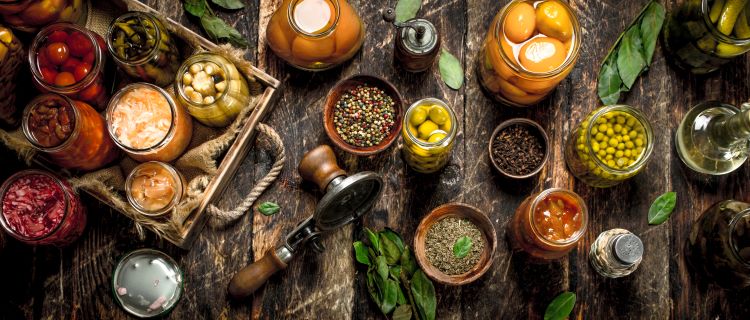
Canning vs Canned
Canning is a time-honored technique for food preservation. You may have noticed that store-bought canned goods have a long shelf life, with some having dates of expiration years after purchase.
Although most people make things like jams and preserves out of fruits and occasionally can vegetables, instead try canning many different types of foods using mason jars and a large pot on a stove. Before eating, make sure that everything is properly sealed when canning.
Dehydrate
Dehydration is an even older technique for preserving fruit. Foods that have been heated and dehydrated will stay fresh longer because the majority of bacteria and mold thrive in moist environments.

Nowadays, dehydrating most fruits is as simple as cutting them into thin slices, spreading them out on a baking sheet, and heating them for hours at the lowest temperature. To avoid cooking the fruit, avoid using a high heat setting.
Smoking Meats
Smoking meats is a very easy and straightforward way to extend their shelf life. When you have the wood chips, you can let the meat sit inside a large smoker and smoke for a number of hours, just like you can with barbecue grills.
Smoking meat not only adds great flavor and extends the meat’s shelf life, but it also makes the meat more wholesome. It becomes increasingly popular among people as their preferred method for preparing meat.
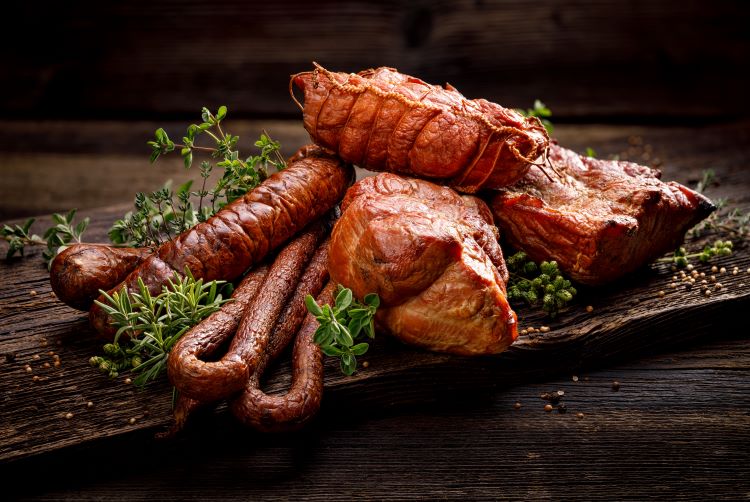
Curing Meat
Curing meat is a less common but more common method of meat preservation. You might not be aware of it, but households all over the world frequently eat cured meats. The two cured meats you’ll encounter most frequently are bacon and sausage.
Curing involves storing meat in a solution of salt, sugar, and other chemicals that are safe for consumption. This meat will last longer before cooking if given the necessary amount of time.
Freeze-drying
Freeze-drying means that you take food and dehydrate it using pressure rather than heat. This preserves the flavors and nutrients of the food far better than simple dehydration, and once water is added, it’s just like it was fresh again.
Read the first post Smart Food Storage for Emergency Preparedness: Expert Advice, PART I: Maintaining Safe Food Storage in Survival Situations
Cooking Your Stored Food in Different Ways in Survival Situations
In survival situations, having the ability to cook your food is just as important as having the ability to store it. A reliable heat source is essential when cooking food, whether you’re reheating meals that have been stored for a while or cooking frozen meat.
Cooking with Gas or Charcoal
Using a charcoal or gas-powered grill is one of the most popular non-electric cooking techniques. Because charcoal is relatively simple to make at home and gas is more difficult to find, survivalists frequently prefer a charcoal grill.
With a charcoal grill, you can either add fresh wood or use the burned charcoal from a fire. All you need to get it going is a fire source, and you’ll be good to go. However, their lack of portability is their main drawback.
Fire Pit/Campfire
Using a fire pit is an additional, older technique for cooking. You should always keep a fire starter in your emergency kit, whether you have one specifically built in your backyard or make new ones wherever you go.
You can build a campfire anywhere, but you’ll need a pot or pan to cook in. Cast iron pans are preferred by the majority of those who cook over an open flame, despite their tendency to be a little heavier than most other pans and consequently more difficult to carry.
FRH – Flameless Ration Heater
You ought to be familiar with the FRH, or flameless ration heater, if a portion of your food supply is in the form of MREs. Most MREs contain a pouch like this, to which you add your sealed meal and a little water.

The sealed meal in your MRE warms up as a result of the water’s chemical reaction with the FRH pouch’s chemicals. Even though the meal was prepared in advance, eating it warm in a chilly environment can be very soothing.
Folding Stove
A folding stove is a further option that is very portable. These are compact, lightweight metal structures with a spot for a fuel source and a top that allows the flame to escape, heating small pans or metal cans.
It is essential to fully cook any food you have stored. Cooking it should eradicate any minute bacteria that might have started to grow. While it is unlikely that this will occur in the majority of shelf-stable foods, it is not impossible.
Having a means of cooking is far more crucial for those who store a lot of meat, such as those who use deep freezers. A reliable method of cooking meat is required because it spoils easily and cannot be consumed raw.
Make sure you have access to a variety of cooking methods. You need to have a strong backup plan in place in case one of them isn’t available for whatever reason.
Creating a Root Cellar Area for Some Vegetables
For some of the produce from your survival garden, you might want to set up a root cellar if you have the space in your home. If you don’t have enough room for a whole cellar to store these vegetables, you can still use specific containers that are available on websites like Amazon to store root vegetables conveniently for a long time.
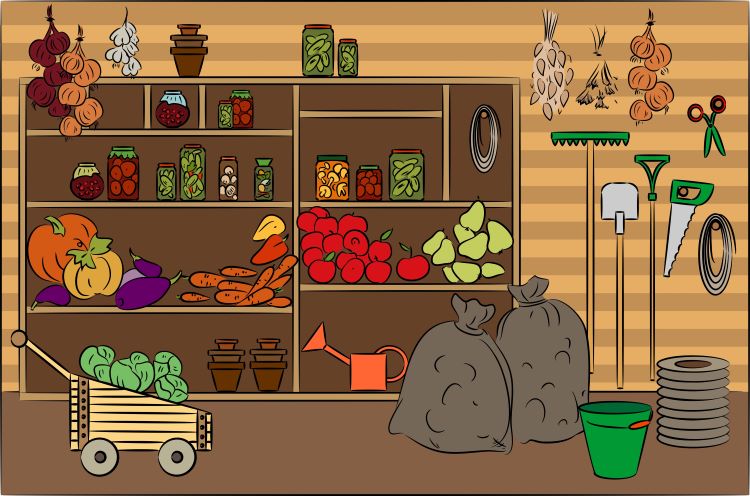
For vegetables like potatoes, carrots, beets, parsnips, turnips, and rutabagas, to name a few, a root cellar, or the containers that protect these types of vegetables, is ideal. In order to create the ideal environment for this kind of survival food storage, you need to know which containers to purchase or how to set up an entire storage area.
Keep Temp and Humidity Low
The main things to keep in mind when storing these kinds of vegetables are that the temperature must be low and the humidity level must be up to 95%. It is best to use this in colder, northern regions where microorganisms won’t cause any harm.
High humidity aids in preventing the natural evaporation of moisture that would otherwise cause the root vegetables to become shriveled. You don’t want the root cellar to flood or become stale and stagnant, so it needs to have adequate ventilation and a simple drainage system.
Find Root Cellar Containers on Amazon
On Amazon, you can find a wide range of items that can help you fill your root cellar area with containers that can hold your potatoes, onions, and other produce. These include bamboo storage containers, mesh bags that you can hang around the room, two-crates, and other systems of organization that will aid in safeguarding your harvest.
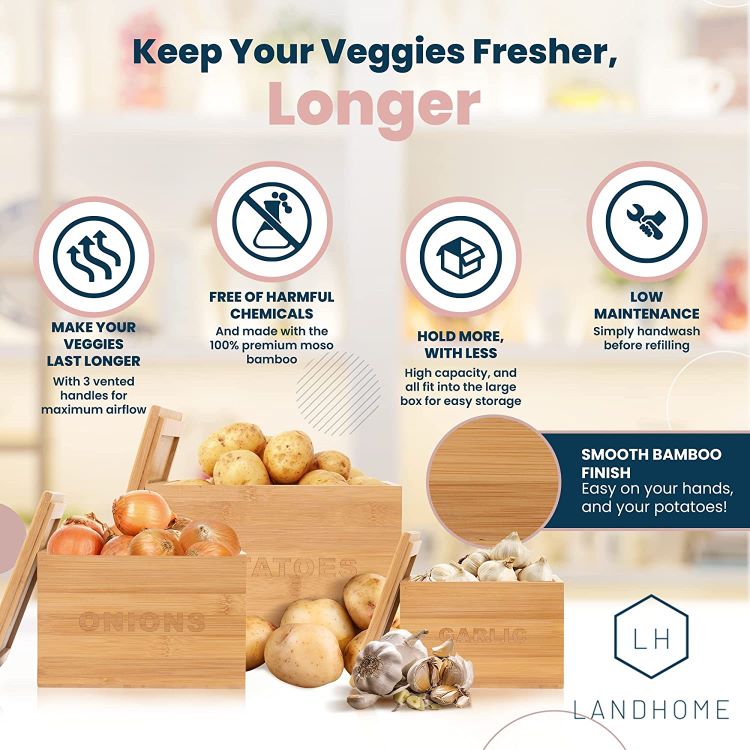
Before storing them in your root cellar, some vegetables need to be dried out for a few days in warm, dry conditions. Also, avoid washing them before putting them away. Instead, you want to wash off as much dirt as you can, then briefly let the items cure in the sun or another warm environment before putting them in their storage containers.
Preventing Spoilage by Rotating Your Food Supplies
One error that many preparedness enthusiasts commit is building up a sizable stockpile of food, but then leaving it unattended for an extended period of time or failing to rotate their supplies properly, which results in a large amount of food that has gone bad years later.
Check Dates
If you’re going to keep a sizable supply of food on hand, you need to have a system in place to keep track of each food’s expiration date, rotate it out, and use it accordingly to ensure that nothing goes to waste.
Even though many shelf-stable foods still have expiration dates, these dates are generally much farther away than those for fresh foods. For instance, goods in cans could go bad after a few years. Due to how simple it is to forget about, this may actually make tracking more challenging.
Utilize Labels
Utilizing labels and distinct storage containers organized by expiration date is something you might want to think about doing. In addition, rather than purchasing a few items at a time, you can buy items in bulk so that they all have comparable expiration dates.
For instance, you might package them all together and label the box with the use-by date if you have a large number of canned vegetables. Large shelves in storage spaces allow you to move the most recent boxes to the back, allowing the older ones to be used up first.
Inventory and Rotate Your Stockpile
It is acceptable to use the supplies in your storage room, but you must have some sort of inventory system to keep track of what you use and replace it, ensuring that you always have the proper stock of supplies.
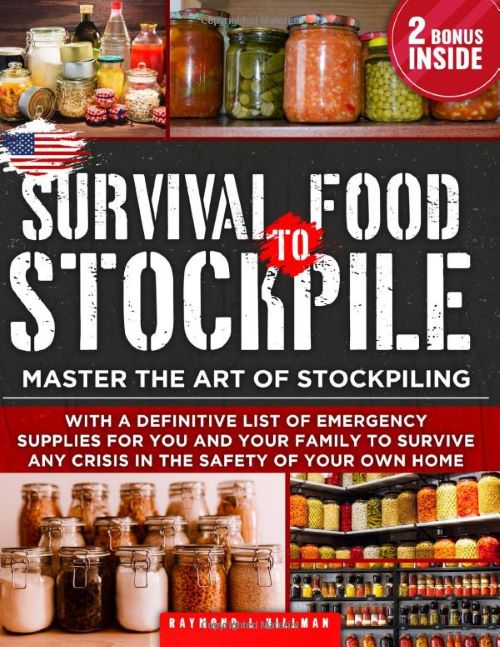
Not just for human food, rotating supplies is crucial. Rotate out the food you are stockpiling if you have pets and are feeding them. Utilize the bags that are most close to expiring first after sorting them according to expiration dates. Check and purify your water stockpile, also. A human being can survive an average of three to five days without water. Since the human body is composed of an average of 60% water, it should be no surprise that water is higher on the list than fire or food.
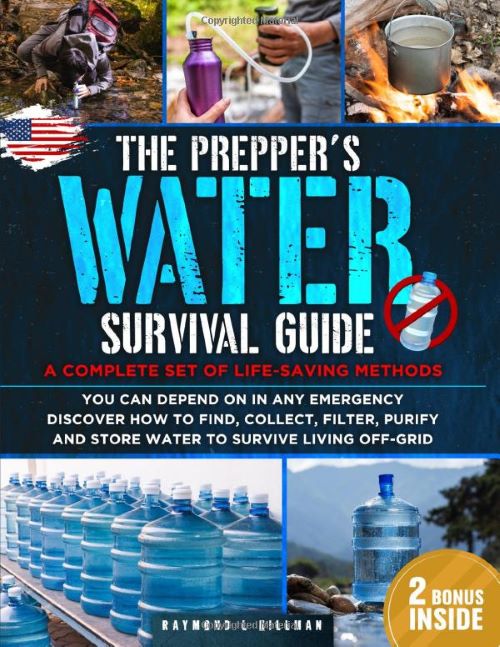
The field of medicine can also use this. Even items like vitamins and anti-nausea medication expire after a while, even though many preparedness enthusiasts stock up on first aid supplies. While generally safe, expired medication has significantly diminished effectiveness.
Make It a Habit to Check and Verify
Make it a habit to go through all of your supplies that you have accumulated once a month to make sure nothing has expired or is about to. Use up anything that is going to expire in the next month as soon as possible and then replace it.
If you let your supplies run out, you’ll waste a ton of money and food and be terribly unprepared in the event that you have to use your stockpile in an emergency.
If you are extremely occupied, you may wish to acquire items that expire after a set period of time, allowing you to check your supply only once per year. However, it takes very little time to ensure that your emergency food, medical, water, and equipment are constantly available.
